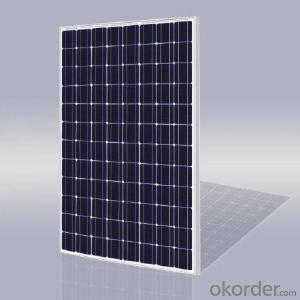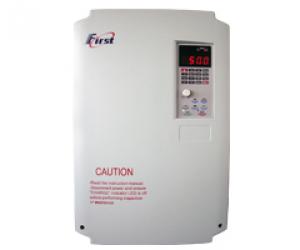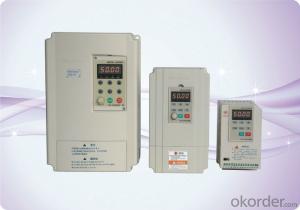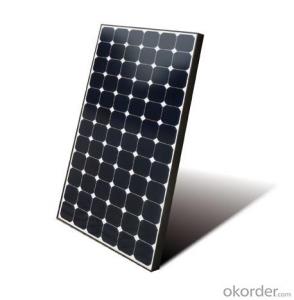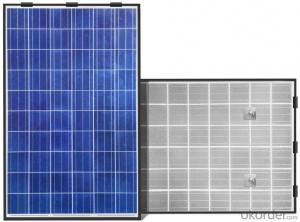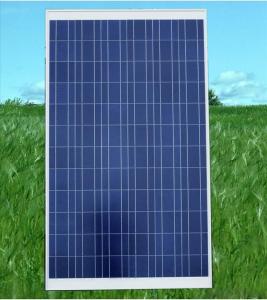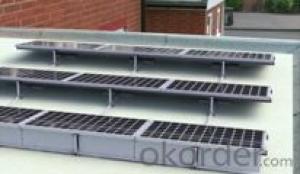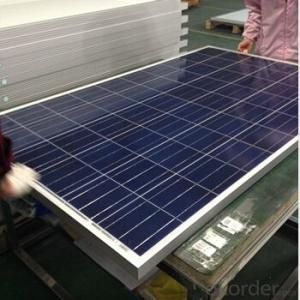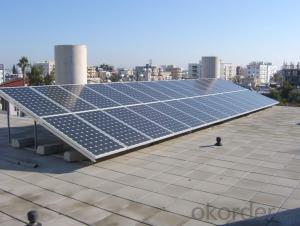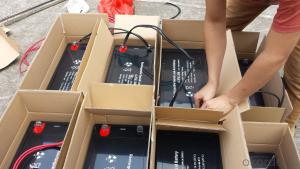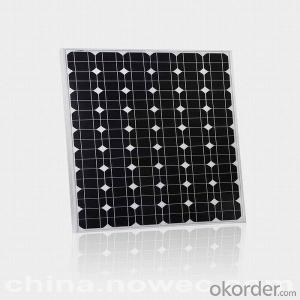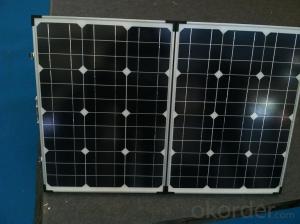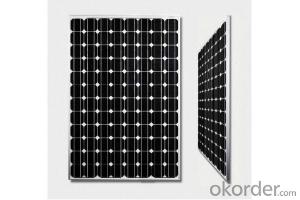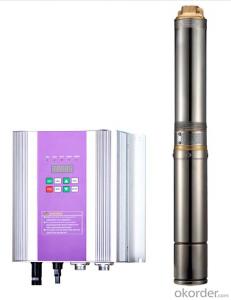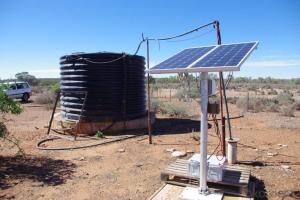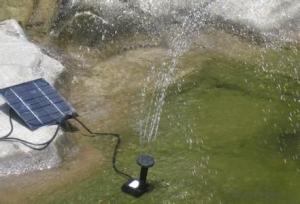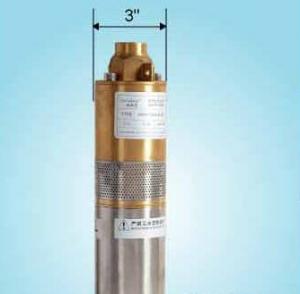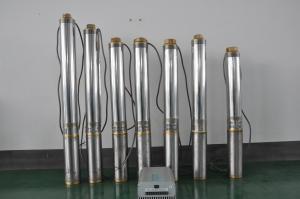Best Inverter Solar Panel
Best Inverter Solar Panel Related Searches
Best Solar Panel Inverter Best Inverter For Solar Panels Best Inverter Solar Best Inverter Solar System Best Solar Inverter Best Solar Power Inverter The Best Solar Inverter Solar Inverter Best Solar Best Inverter Best Inverter For Solar Best Inverter For Solar System Best Solar Battery Inverter Which Solar Inverter Is Best World Best Solar Inverter Best Home Solar Inverter Best Solar Inverter For Home Best Solar Inverter Generator Best Solar Pump Inverter Best Solar Inverter Brands Best Solar Inverter 2022 Top Solar Inverter Buy Solar Panel Inverter Inverter Solar Panel Best Solar Hybrid Inverter Inverter Solar Panels Best Solar Inverter Charger Best Solar Inverter Battery Power Inverter For Solar Panel Solar Inverter Best Brands Good Solar InverterBest Inverter Solar Panel Supplier & Manufacturer from China
Best Inverter Solar Panel is a high-quality and efficient solar energy solution that combines the latest inverter technology with advanced solar panel design. This product is engineered to maximize energy conversion efficiency and provide a reliable source of power for various applications. The Best Inverter Solar Panel is particularly useful in situations where a stable and continuous power supply is required, such as in residential, commercial, and industrial settings. It is also an excellent choice for off-grid applications, where traditional power sources may be unavailable or unreliable.The Best Inverter Solar Panel is widely used in a variety of scenarios, including powering homes, businesses, and remote locations that are not connected to the grid. It is also utilized in backup power systems, ensuring that essential services remain operational during power outages. Additionally, this product is gaining popularity in the realm of electric vehicle charging stations, providing a clean and sustainable source of energy for electric cars. The versatility of the Best Inverter Solar Panel makes it a valuable asset in the growing field of renewable energy.
As a leading wholesale supplier, Okorder.com offers a vast inventory of Best Inverter Solar Panel products, catering to the needs of various customers worldwide. With a commitment to quality and customer satisfaction, Okorder.com ensures that each Best Inverter Solar Panel is thoroughly tested and meets the highest industry standards before being shipped to clients. This extensive inventory allows Okorder.com to provide competitive pricing and fast delivery, making it a preferred choice for those seeking to invest in reliable and efficient solar energy solutions.
Hot Products




